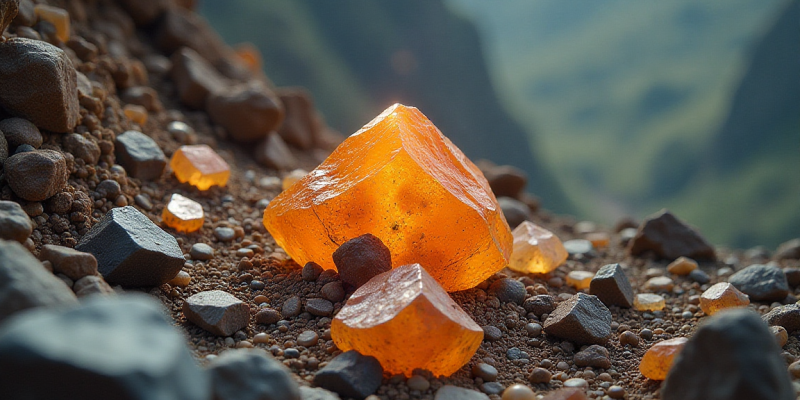
Japan and the US have reached an agreement concerning new-generation nuclear power reactors and rare earths.
This deal aims to facilitate Japan’s re-entry into export markets for its nuclear technology, while both nations seek to diminish China’s significant influence over essential electronic components.
On Tuesday, a framework agreement was signed by US President Donald Trump and Japanese Prime Minister Sanae Takaichi, Reuters said in a report.
The agreement aims to secure the supply of rare earths, which are essential components in products ranging from cars to fighter jets.
China’s monopoly major concern
China’s near-monopoly on rare earth processing, handling over 90% globally, is a major concern for nations regarding their mineral supply chains.
The concern is amplified by Beijing’s recent expansion of export restrictions, though this was not directly mentioned publicly.
On Thursday, Trump and Chinese President Xi Jinping will meet during the Asia-Pacific Economic Cooperation summit in South Korea.
Their discussion will focus on an agreement to halt further US tariffs and Chinese restrictions on rare earths exports.
The White House announced that Japan and the US will collaborate on economic policies and coordinated investments.
The goal is to accelerate the creation of diverse, liquid, and equitable markets for critical minerals and rare earths.
Within the next six months, the two countries intend to provide financial support to chosen projects.
Both nations will explore a mutually beneficial stockpiling agreement and collaborate with international partners to ensure the security of the supply chain.
While China leads global rare earth extraction, controlling a significant portion, the US and Myanmar account for 12% and 8% respectively.
In terms of processing, China is also the primary player, with Malaysia and Vietnam contributing an additional 4% and 1% respectively, according to Eurasia Group.
Nuclear power
Japan expressed mutual interest in collaborating on the development of next-generation AP1000 nuclear reactors and small modular reactors (SMRs), as stated in a factsheet for the discussions.
Last week, Japan appointed its first female prime minister, Takaichi.
Among her top priorities are nuclear power, including next-generation reactors, to ensure greater energy security, an affordable power supply, and export technology.
This initiative could involve collaborations with Japanese companies such as Mitsubishi Heavy Industries and Toshiba Group, along with other areas of cooperation.
Following the powerful 2011 earthquake and tsunami that caused the Fukushima Daiichi nuclear disaster, Japan idled all of its nuclear reactors.
Currently, global exports of nuclear power technology are dominated by China, France, South Korea, and Russia.
Both Japan and the US have identified fusion energy, a concept favored by Takaichi, as a potential area for cooperation, according to a separate White House statement.
A joint factsheet from both countries revealed that approximately 20 Japanese and American companies have expressed interest in potential investment projects, which are part of a promised $550-billion investment package.
The post US and Japan unite to counter China’s influence in critical minerals appeared first on Invezz










